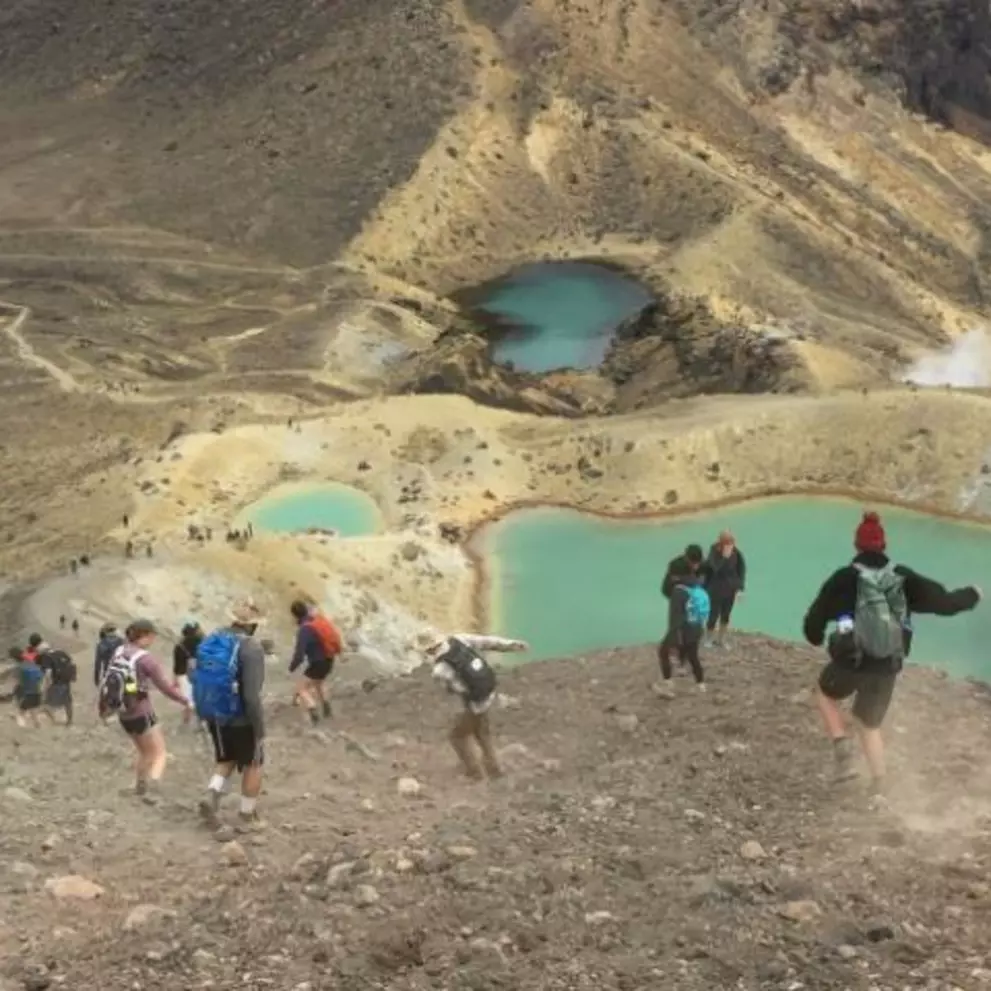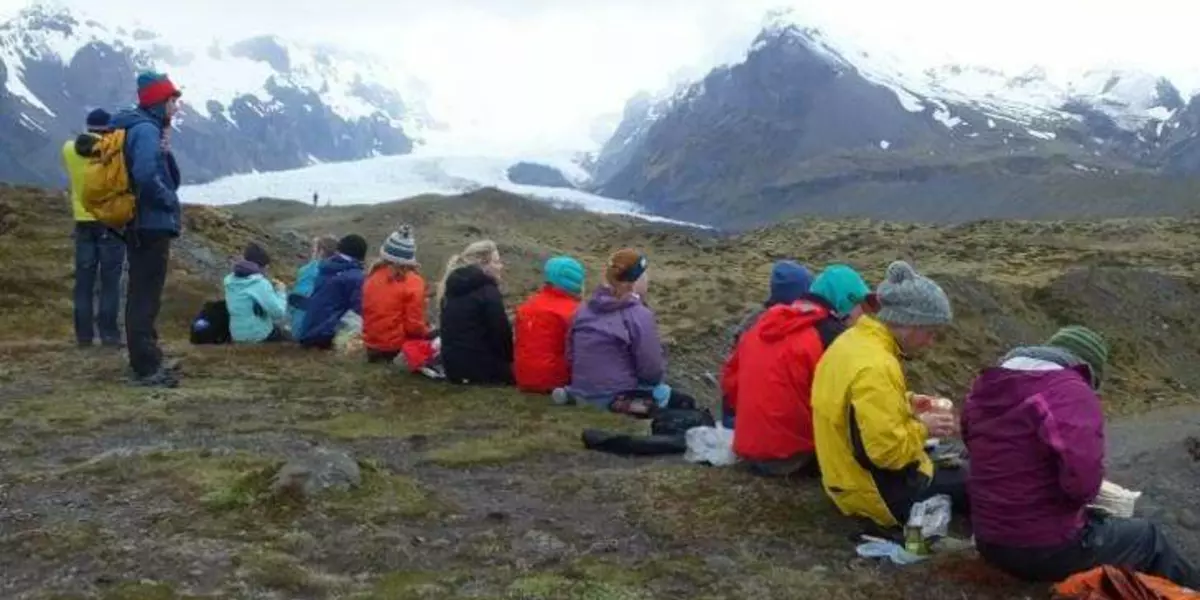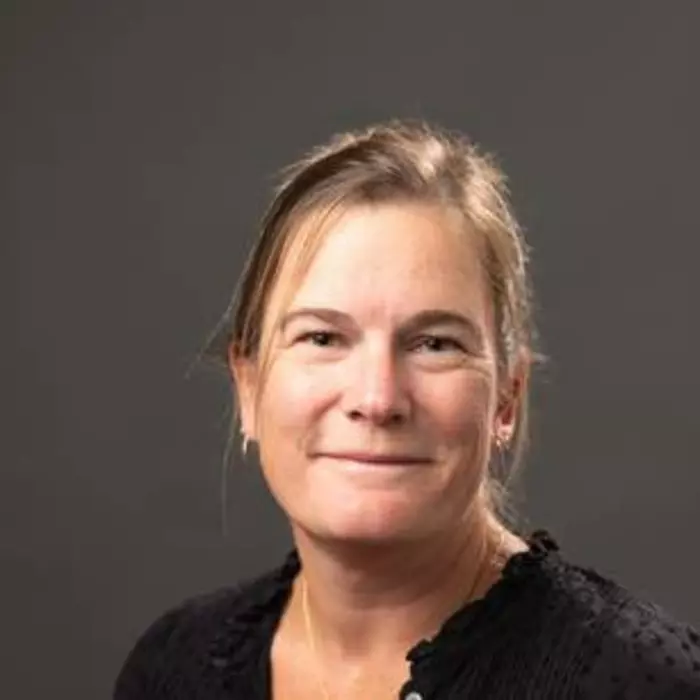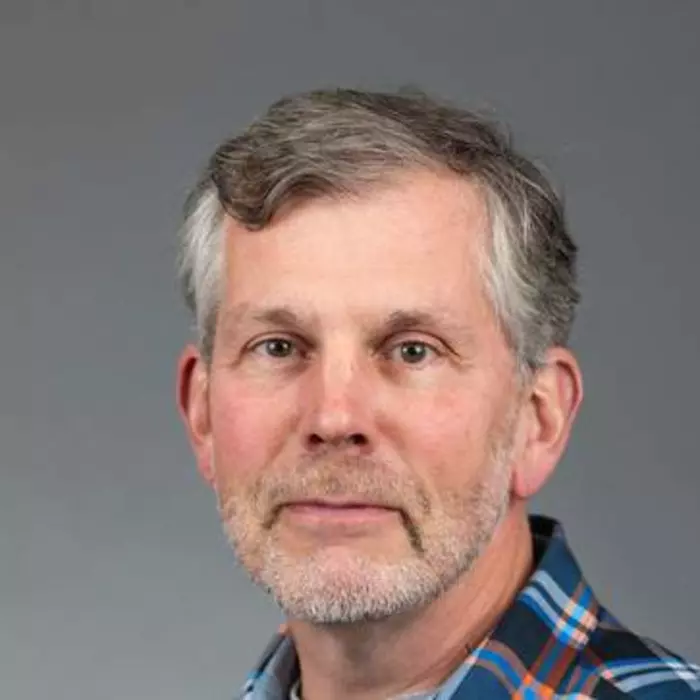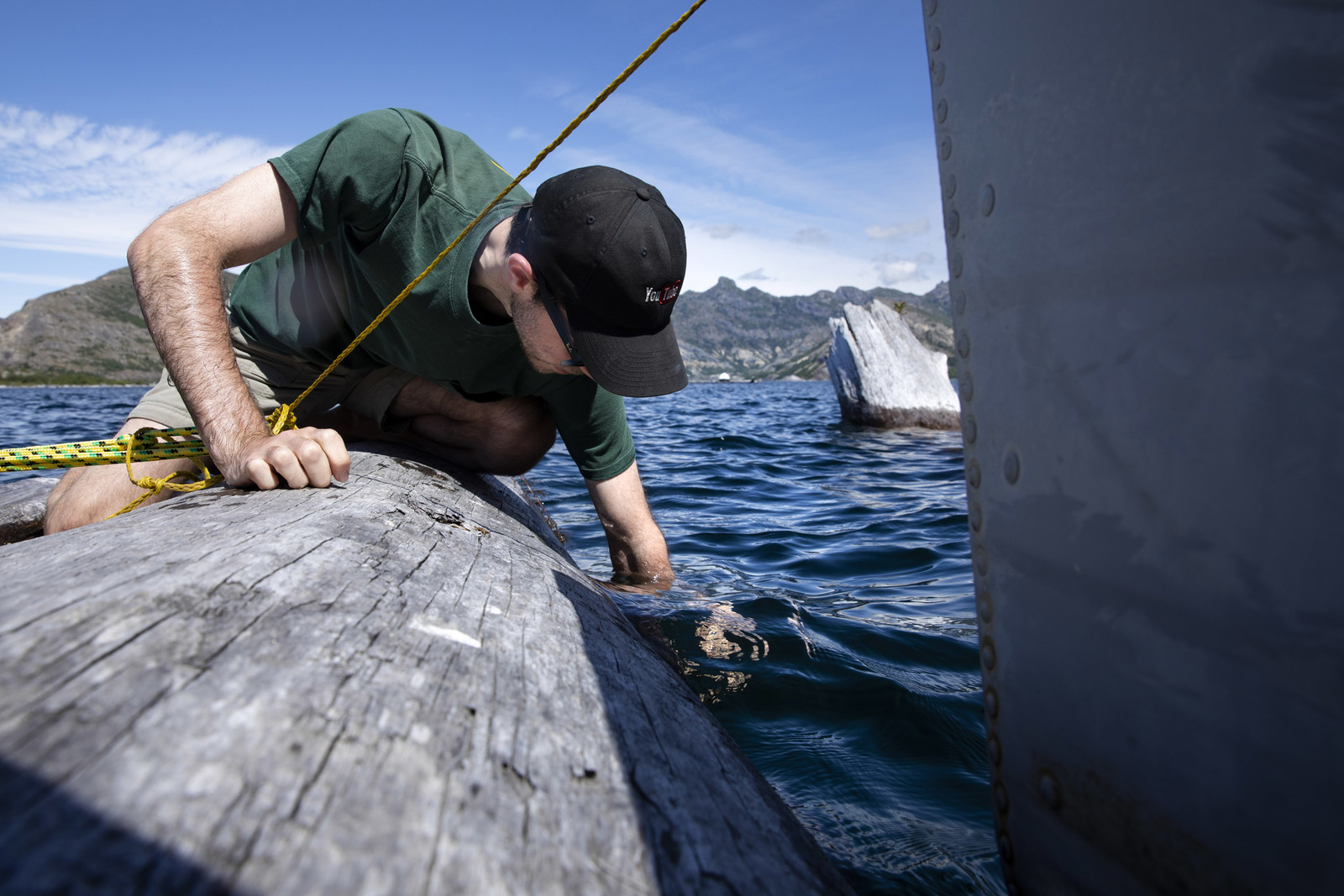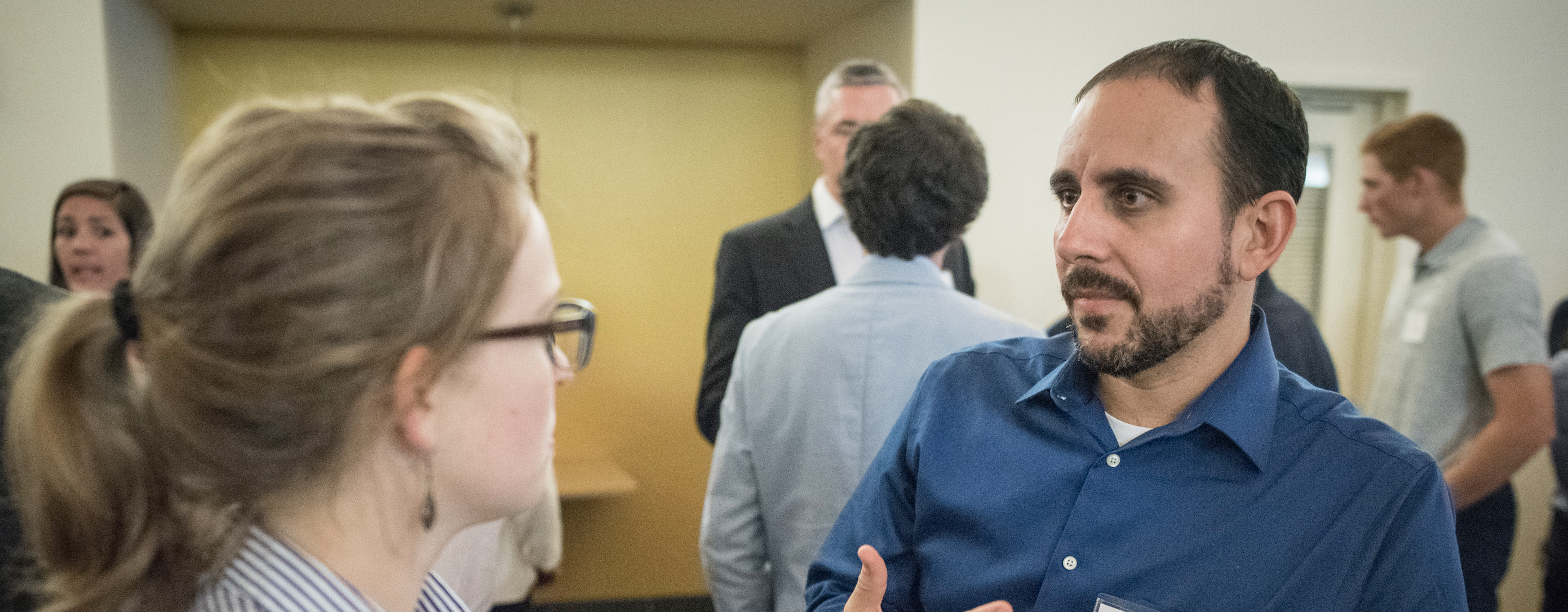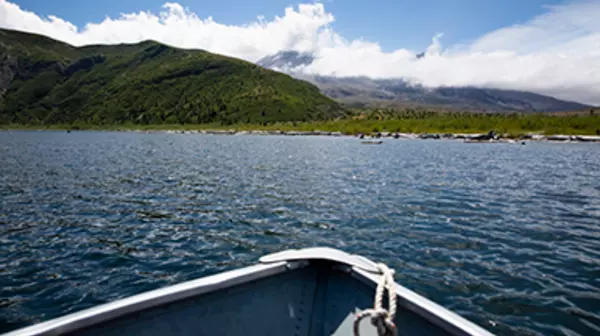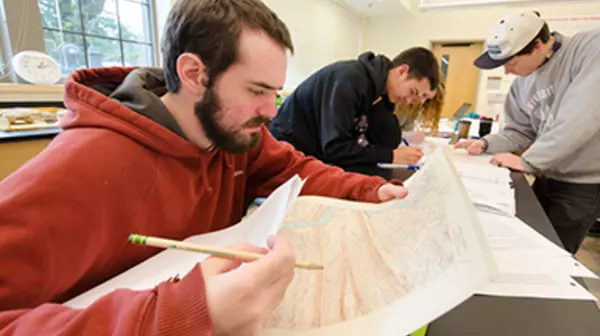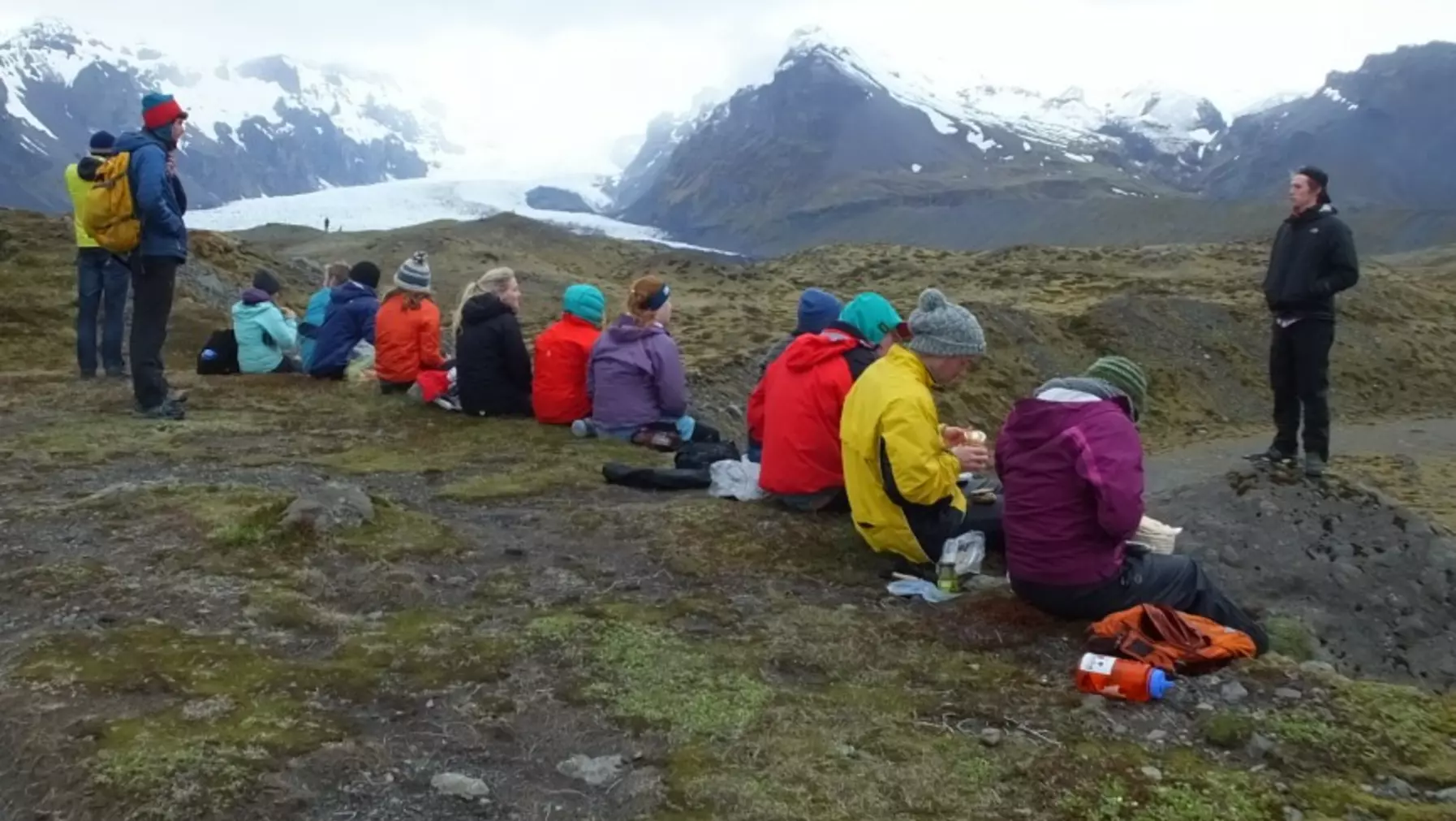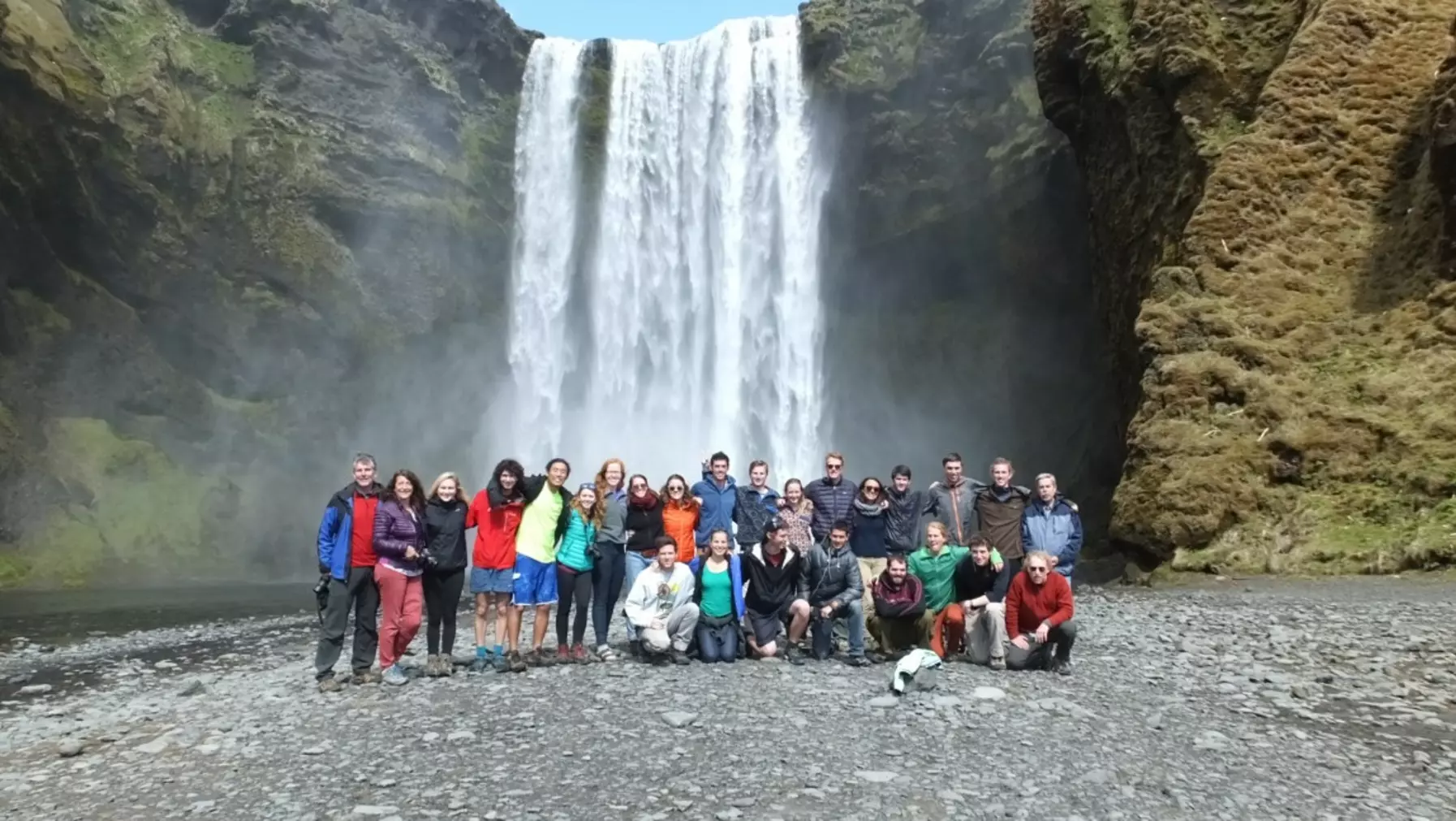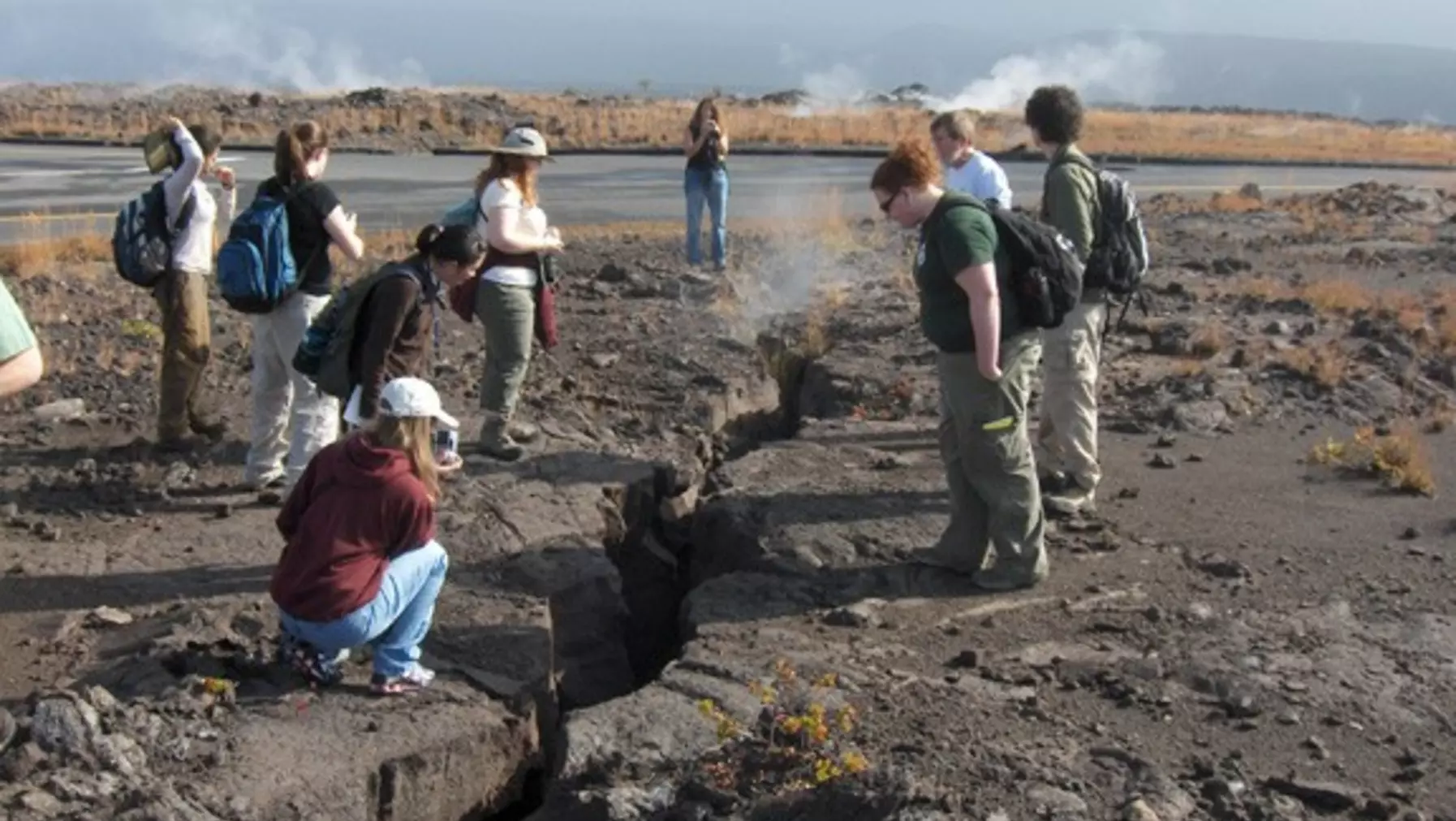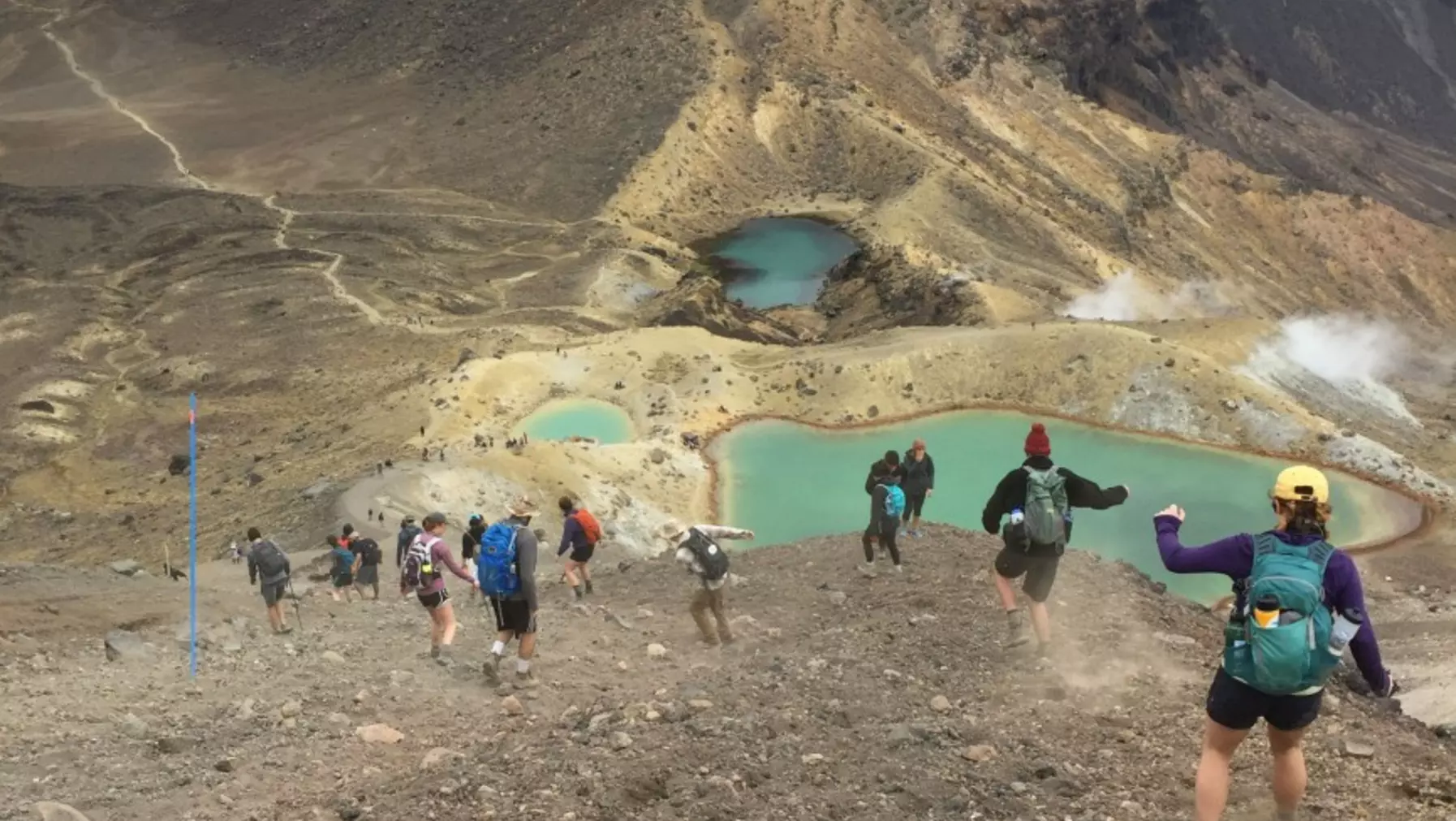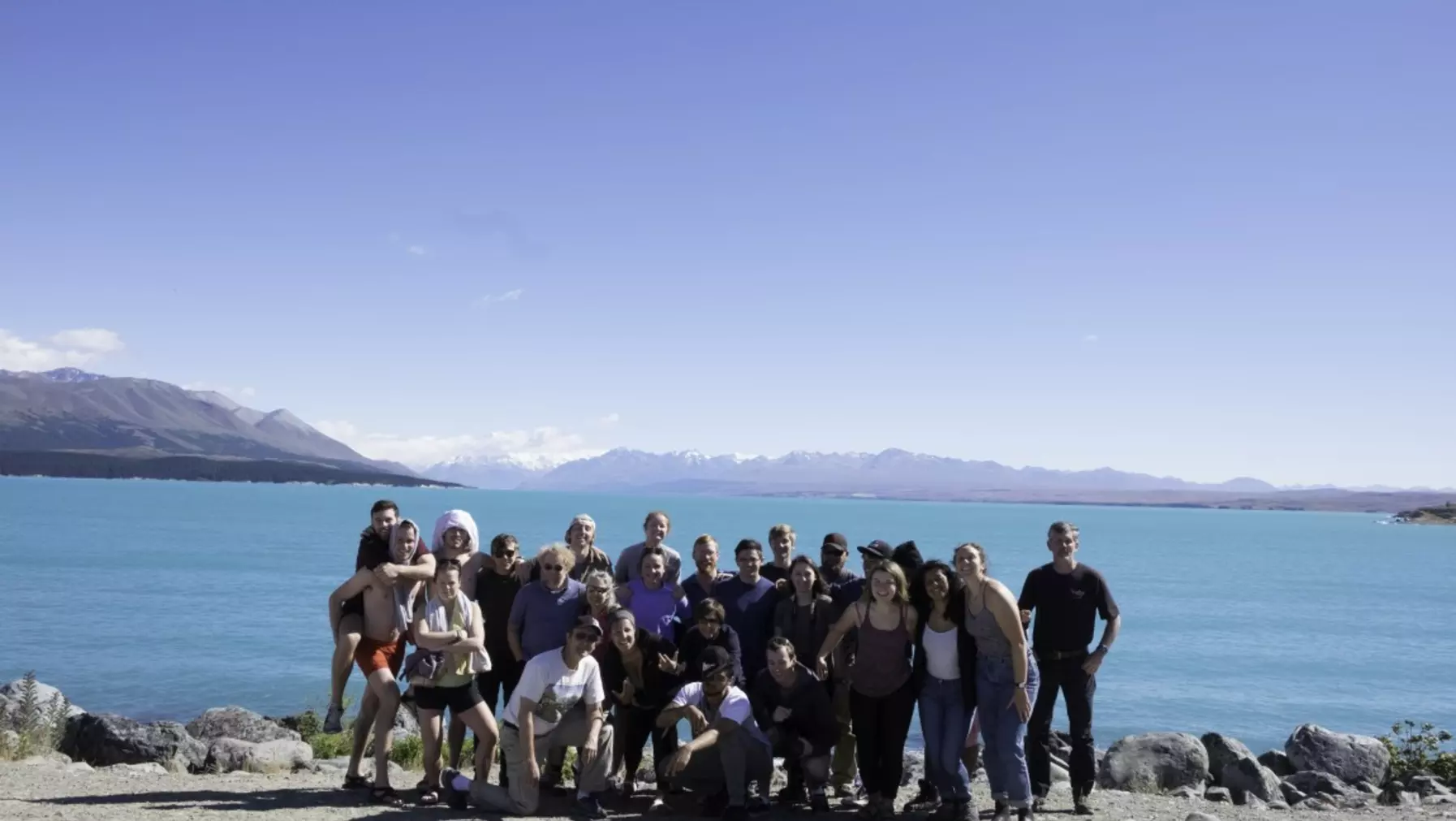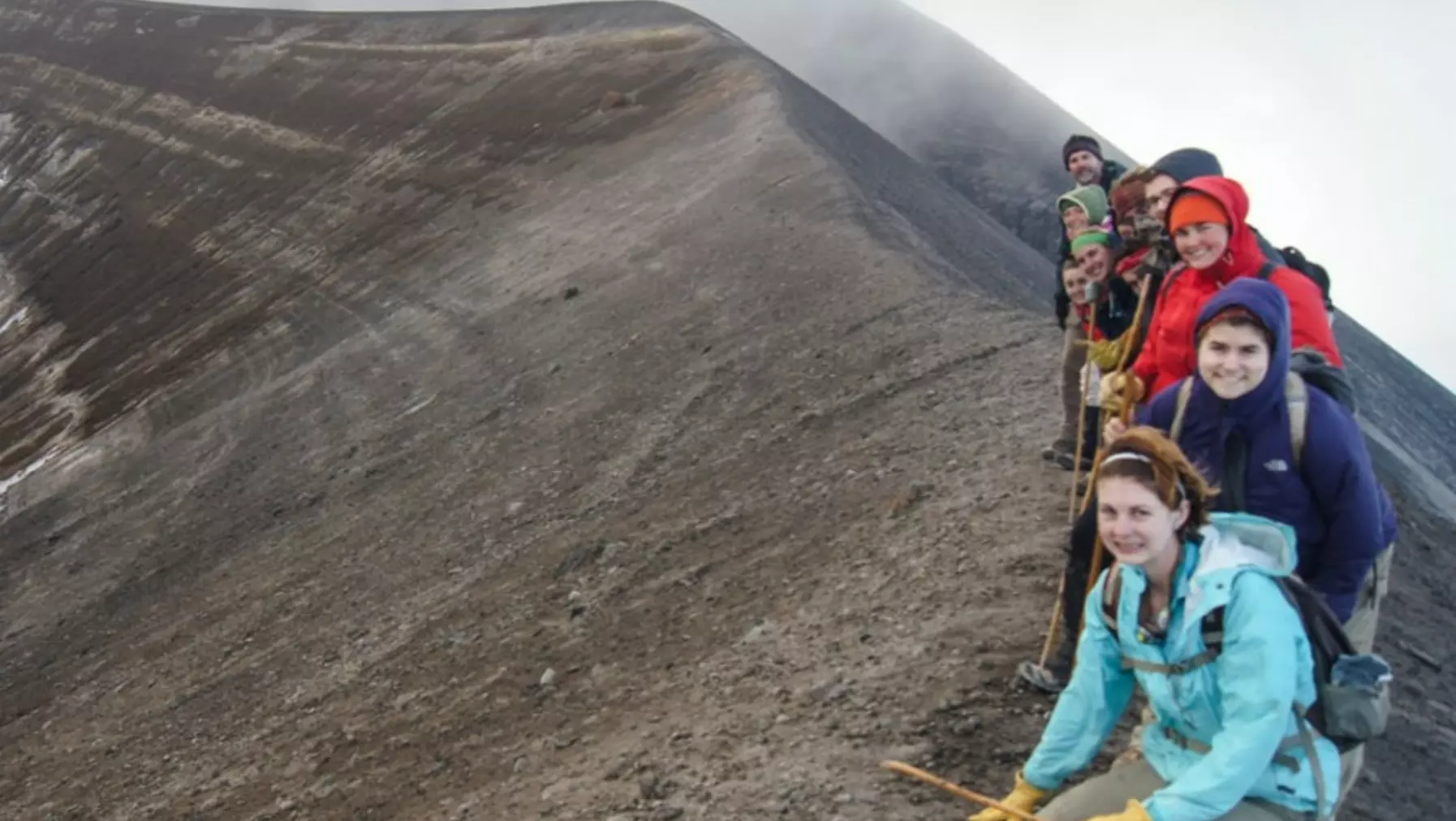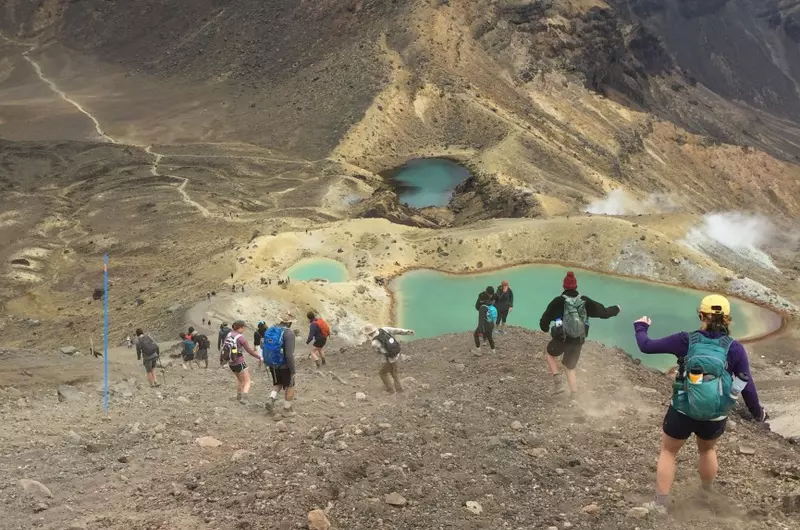WHAT YOU’LL LEARN
- How geochemistry can be used to investigate environmental questions
- How to interpret the structural, magmatic, and tectonic evolution of the Pacific Northwest
- How spatial analysis of sediments and landforms aid in studying glacial history
- How geohistorical records can be used to reconstruct past environments
- How to connect and communicate an understanding of Earth science to other science and nonscience disciplines
WHO YOU COULD BE
- Environmental educator
- Earth science technician
- Outdoor specialist
- STEM Teacher (K-12 or university)
- Environmental geoscience consultant for soil/groundwater remediation
- Research scientist (government agency, academic institution, or nonprofit)
OVERVIEW
Geologists seek to understand how the Earth works. We look at the big picture—how do mountains form, for example—but to answer such questions we may need to examine minute mineral crystals under a microscope. We study events than happened millions or even billions of years ago, but also work on modern-day challenges, such as finding and protecting groundwater resources or predicting volcanic eruptions, and our ability to see into the distant past gives us unique skills for understanding issues like climate change that occur over broad time spans. The symptoms of many environmental problems are biological, but the causes of those problems, and their solutions, are often geological.
Geology is the most interdisciplinary science—we use tools adapted from chemistry, biology, and physics to study our planet. Because many of our projects require a combination of fieldwork and lab work, geologists are trained to be careful observers of nature, as well as skilled operators of analytical equipment.

"From day one, the geology department encourages students with hands-on, genuine research questions that let students build independence, critical thinking, and an understanding of what aspect geology best speaks to their goals and interests."

